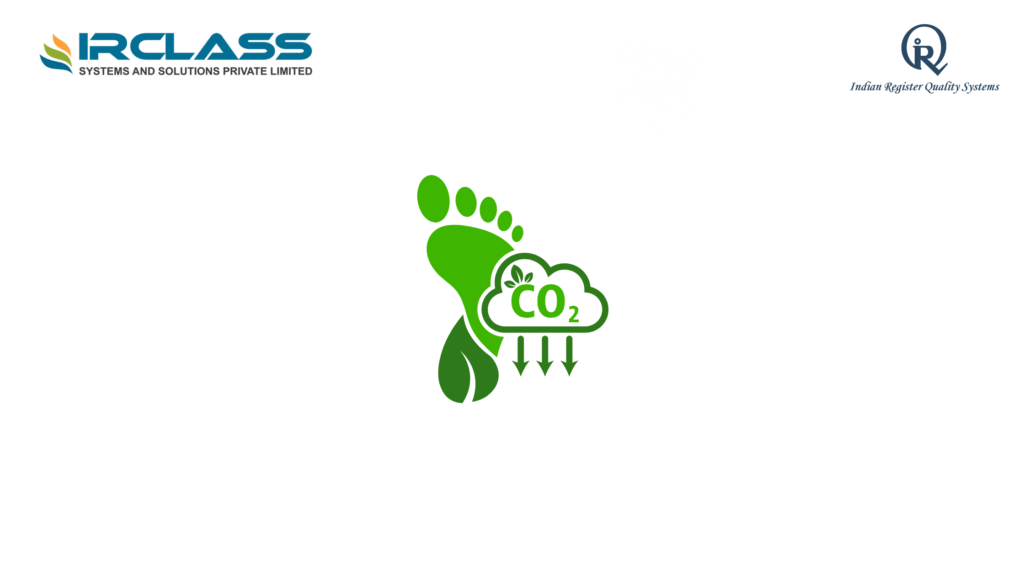PAS 2050 vs ISO 14067: Which Carbon Footprint Standard Should You Choose?
August 29, 2025 2025-08-29 8:18PAS 2050 vs ISO 14067: Which Carbon Footprint Standard Should You Choose?
Carbon footprint standards assist organizations to quantify the climatic impact of their products. However, it is confusing to select the right standard. The two most well-known are PAS 2050 and ISO 14067. Both are applied to measure greenhouse gas (GHG) emissions of products and services. However, they pursue different approaches and have different objectives.
When you are attempting to develop a credible carbon reduction plan or substantiate climate-related claims, the standard you select is important. It influences the way you gather data, compute emissions, and report findings. It also influences the acceptability of your numbers by regulators, buyers and auditors.
What Is PAS 2050?
PAS 2050 is a Publicly Available Specification developed by the British Standards Institution. It was first published in 2008. The goal was to provide a consistent way to measure the life cycle GHG emissions of goods and services.
PAS 2050 focuses heavily on product life cycles. It looks at all the stages from raw materials to disposal. That means it’s useful for companies in manufacturing, agriculture, and retail. If you need to assess the carbon footprint of a physical product, PAS 2050 gives you a structured approach.
It’s also commonly used in supply chain projects. When a company wants to reduce emissions in its value chain, PAS 2050 helps identify where those emissions come from.
What Is ISO 14067?
ISO 14067 is an international standard that came later. It was published by the International Organization for Standardization in 2018. It builds on earlier standards like ISO 14040 and ISO 14044, which cover life cycle assessments (LCAs).
ISO 14067 focuses specifically on the carbon footprint of products, but it’s designed to be globally consistent. It includes clear guidelines for how to quantify and communicate GHG emissions. It also provides rules on how to handle data gaps, uncertainty, and system boundaries.
This standard is more specific in certain aspects, particularly documentation and third-party verification. It is frequently applied when companies must comply with global supply chain demands or when carbon claims will be third party audited.
Key Differences Between PAS 2050 and ISO 14067
The two standards have a lot in common. Both follow a life cycle approach. Both include upstream and downstream emissions. Both allow cradle-to-gate or cradle-to-grave assessments. But they differ in scope, depth, and acceptance.
- Scope: PAS 2050 is limited to GHGs. ISO 14067 is more general and in line with other ISO LCA standards.
- Detail: ISO 14067 is more technical and has stricter data quality and reporting requirements.
- Use case: PAS 2050 is widely used in the UK and specific sectors. ISO 14067 is more globally accepted.
- Verification: ISO 14067 is easier to audit and verify because it aligns with ISO frameworks.
- Integration: ISO 14067 can be more readily integrated with other environmental management systems such as ISO 14001.
Which One Should You Choose?
The decision is based on your objective. PAS 2050 is sufficient when you are interested in product-level carbon footprinting of local supply chains or internal decision-making. It’s simpler to implement and works well for organizations just starting with carbon footprint analysis.
But if you’re planning to disclose your carbon footprint in international markets or through ESG reports, ISO 14067 is the better choice. It gives you stronger documentation and global recognition. It’s also easier to integrate with other ISO systems you may already be using.
If you’re preparing for third-party assurance or carbon labeling, ISO 14067 is often preferred by certifiers. That’s because it has clear documentation rules and aligns with other ISO verification methods.
Industry Use Cases for Each Standard
Various industries have various standards depending on the operations. PAS 2050 is common in agriculture and food. It is straightforward, product-oriented, and acceptable to buyers in food supply chains. In building, ISO 14067 is applied to environmental product declarations (EPDs).
In automotive and electronics, where international trade is an issue, ISO 14067 is more prevalent. It assists firms to have consistency among countries and suppliers. In consumer goods, both standards are applied depending on whether the company is reporting locally or globally.
If you operate in a sector with high ESG standards, such as finance or infrastructure, ISO 14067 provides greater alignment with sustainability reporting and investor reporting.

How the Two Standards Handle Emissions Data
Both standards require accurate GHG data, but the way they manage that data is different. PAS 2050 allows for more assumptions. That’s helpful when data is hard to get, but it also means the results may be less precise.
ISO 14067 demands better data quality. It also requires companies to state how they dealt with uncertainty. This is useful when the carbon footprint will be audited or published.
In practical terms, ISO 14067 needs more time, effort, and technical resources. But it delivers a more robust and transparent footprint calculation.
Carbon Reduction and Communication
Both PAS 2050 and ISO 14067 help companies to reduce emissions. ISO 14067 offers more open directions on reporting outcomes. In order to communicate publicly, e.g. that a product has a 30 percent lower carbon footprint, you will have to comply with more rigorous communication requirements.
PAS 2050 allows claims too, but they may not always meet international expectations. If you plan to use product labeling, marketing materials, or ESG disclosures, ISO 14067 is safer. It supports consistent and verified claims that reduce greenwashing risk.
Which Standard Supports ESG Reporting Better?
ISO 14067 integrates more easily into ESG reporting frameworks. It supports the kind of traceable, third-party verified data that auditors and investors expect. If your goal is to align with TCFD, CDP, or CSRD disclosures, ISO 14067 fits better.
PAS 2050 is useful for internal assessments and supplier engagement. But it may require extra effort to convert the results into ESG-ready formats. ISO 14067 offers a cleaner path from measurement to disclosure.
Cost and Complexity
PAS 2050 is quicker and less expensive to use. It is appropriate to SMEs or companies that want to take a first step in carbon accounting. ISO 14067 is more time-consuming and labor-intensive, but it is worth the investment in the long-term perspective in case you want to be compliant, report, and certify.
The price variance usually varies with the scope of the project, internal capabilities and whether you are doing in-house analysis or hiring a consultant. Either way, the most costly option is the one that fails to satisfy your reporting or verification objectives.
Conclusion
Both PAS 2050 and ISO 14067 assist organizations to measure and manage their carbon footprint. The correct option is based on your reporting requirements, industry, and future plans. PAS 2050 is easy and efficient to use at product level and local supply chains. ISO 14067 is more technical, internationally recognized and audit-ready. To assist companies in making credible climate claims, and to make accurate measurements, QS has developed certification and training programs that align with both standards.






